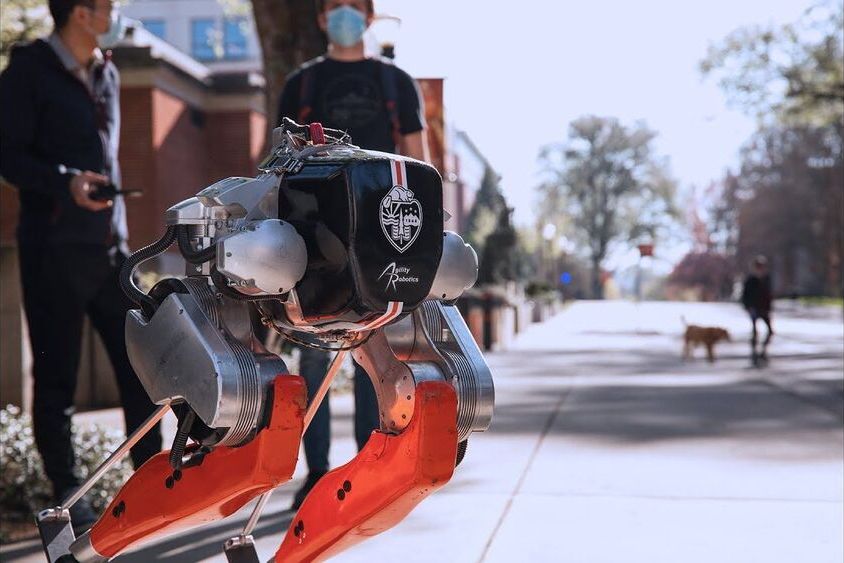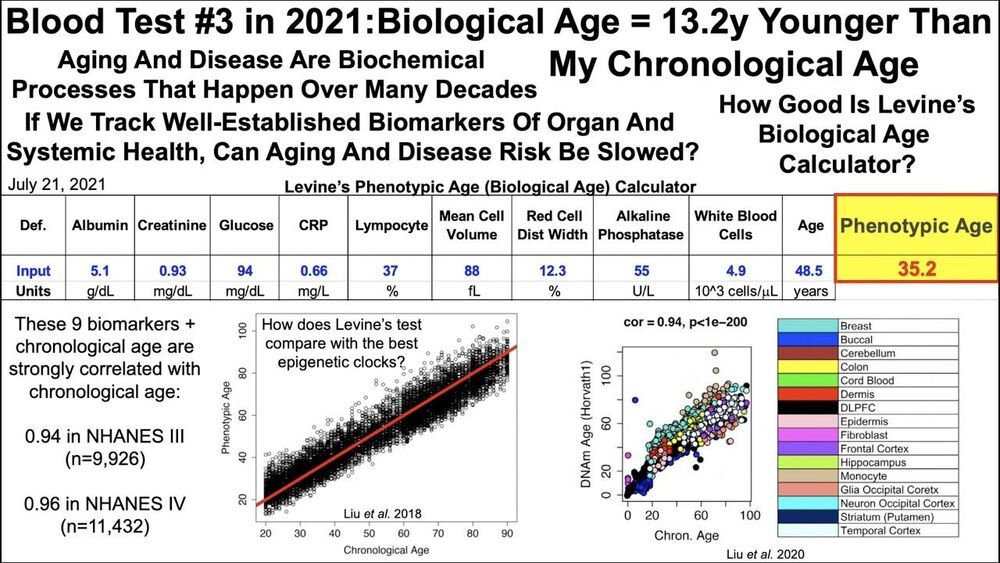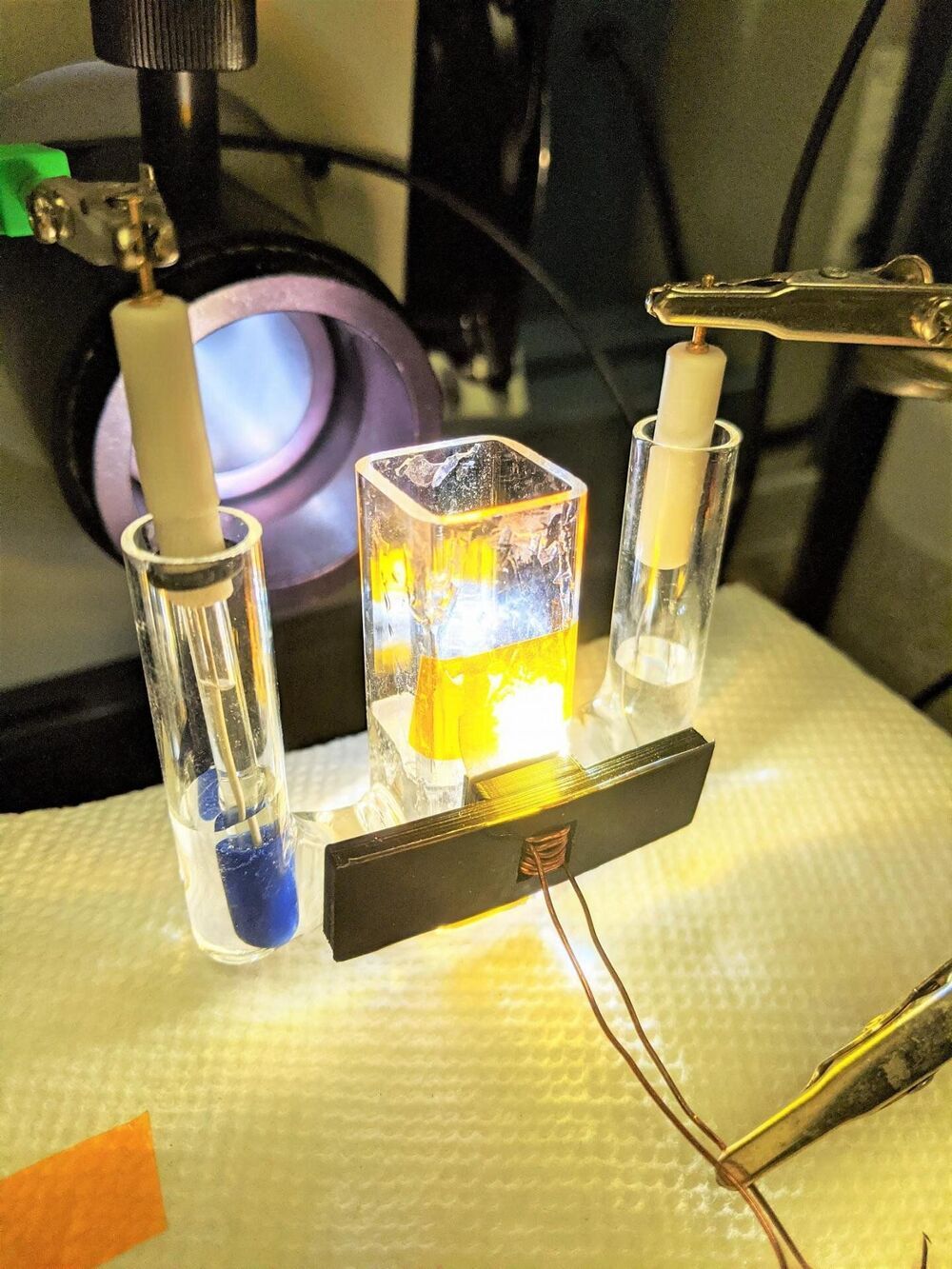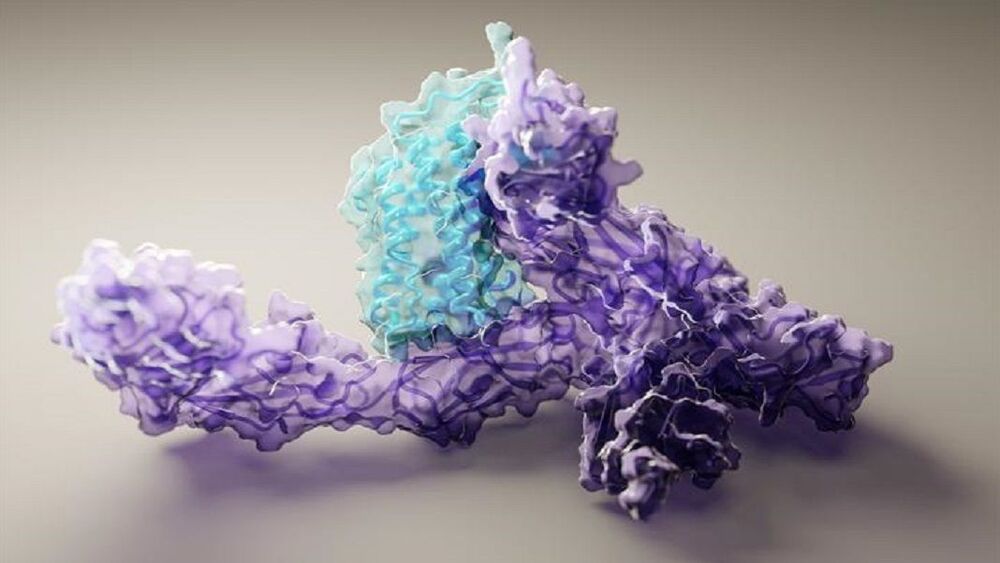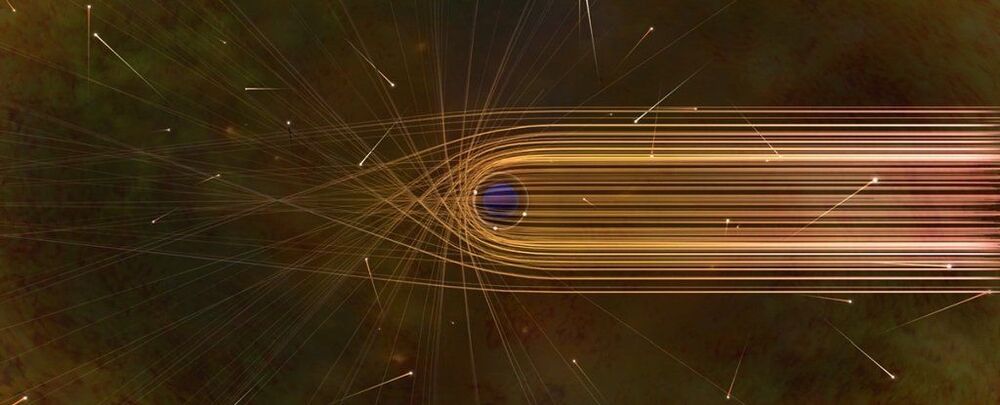Jul 28, 2021
Berkeley Lab’s CAMERA leads international effort on autonomous scientific discoveries
Posted by Dan Kummer in categories: information science, mathematics, robotics/AI
Experimental facilities around the globe are facing a challenge: their instruments are becoming increasingly powerful, leading to a steady increase in the volume and complexity of the scientific data they collect. At the same time, these tools demand new, advanced algorithms to take advantage of these capabilities and enable ever-more intricate scientific questions to be asked—and answered. For example, the ALS-U project to upgrade the Advanced Light Source facility at Lawrence Berkeley National Laboratory (Berkeley Lab) will result in 100 times brighter soft X-ray light and feature superfast detectors that will lead to a vast increase in data-collection rates.
To make full use of modern instruments and facilities, researchers need new ways to decrease the amount of data required for scientific discovery and address data acquisition rates humans can no longer keep pace with. A promising route lies in an emerging field known as autonomous discovery, where algorithms learn from a comparatively little amount of input data and decide themselves on the next steps to take, allowing multi-dimensional parameter spaces to be explored more quickly, efficiently, and with minimal human intervention.
“More and more experimental fields are taking advantage of this new optimal and autonomous data acquisition because, when it comes down to it, it’s always about approximating some function, given noisy data,” said Marcus Noack, a research scientist in the Center for Advanced Mathematics for Energy Research Applications (CAMERA) at Berkeley Lab and lead author on a new paper on Gaussian processes for autonomous data acquisition published July 28 in Nature Reviews Physics. The paper is the culmination of a multi-year, multinational effort led by CAMERA to introduce innovative autonomous discovery techniques across a broad scientific community.

